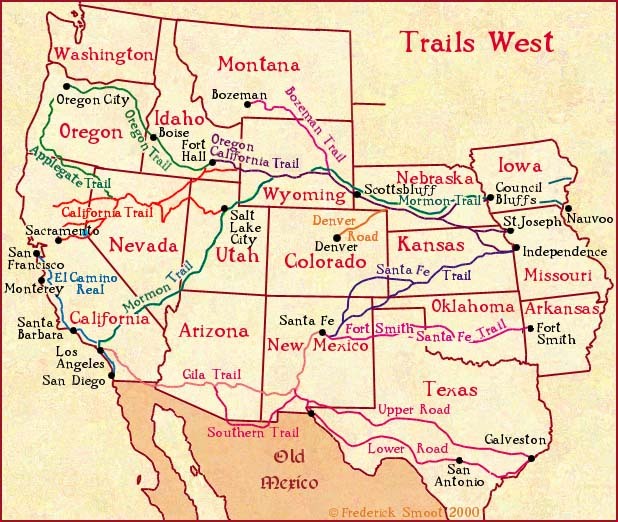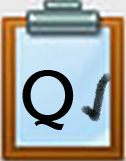Q2 Immersive Interactives: Social Studies
Social studies INTERACTIVES
This page contains interactive activities and additional resources focused on Social Studies. Select the symbol in each green field to access the activities and resources.
Step 1. Check with your teacher about the expectations for exploring these Social Studies activities and resources. There are a variety of different interactives that can support your interests and learning goals.
- Activities provide opportunities to explore cool digital tools that make learning Social Studies concepts interactive and engaging online. Each one includes a task for you to try out and complete.
- Resources allow you to explore websites and apps to help you learn more and go deeper in the online Social Studies world.

Step 2. Consider the two assignment options:
- Option 1: Choose ONE of the Interactive Activities below and complete the Recording Document linked in the activity. If there is no Recording Document, follow the steps in the activity and use a format of your choice - such as a journal entry, slide deck, or a screen-recorded summary - to record your findings.
- Again, check with your teacher about the expectations for submitting the Recording Document or your work.
- Option 2: Write a brief review in the best format for you (i.e., Google Slides Presentation) about one of the Interactive Activities or the Resources below that you think would be the most useful to you in school. Include the information below:
- The name of the activity.
- URL of the activity.
- Topic you researched.
- Write 2-3 sentences describing the activity with a screenshot of a part of the activity that is meaningful to you.
- Write 2–4 sentences explaining why you would recommend (or not recommend) this activity. What part did you enjoy or find the most interesting?
- Write 2-3 sentences answering the question: What’s one thing you think could be changed or improved to make the experience better for someone else?
Step 3. Be prepared to share your learning experience based on your teacher's instructions.
ACTIVITY: AI Brings History Alive
Interacting with a historical figure helps us understand how their actions shaped the world we live in today. It teaches us valuable lessons from the past, inspiring us to make better decisions in the future. Their stories can be interesting, showing us that even ordinary people can do extraordinary things.
Step 1. Go to SchoolAI - History Comes Alive.
Step 2. Scroll through the list of historical figures.
Step 3. Pick one that you already know something about.
Step 4. Pick one that interests you, but you do not know anything about.
Step 5. Spend some time researching each of the historical figures that you have chosen.
Step 6. Develop a list of questions that you would want to ask if you were standing with that person face to face.
Step 7. Now go back to the list, select the historical figure, and have a conversation with that person based on the questions you developed. You may also select the Start Preview, and the historical figure will pose an initial question to you.
Step 8. Write up a summary/report on your findings.
- Check with your teacher about documenting and turning in your work.
RESOURCES: Google Arts & Culture
Check out Google Arts & Culture to explore high-resolution images and videos of artworks and cultural artifacts from museums and galleries worldwide! Dive into interactive learning experiences on history, science, and music, and even use AI tools to discover art movements and personalize your cultural journey. It's a fantastic way to travel and learn about different cultures without leaving your classroom!
Your mission:
Step 1. Go on a deep dive exploration of at least one feature from the list below. Note that since the Google Arts & Culture site is updated regularly, some new features may replace some old ones.
- Check out the Explore and Play menus at the top of the page.
- Take time to investigate the categories that interest you, such as the Experiments and 360-degree videos, or play some of the games.
- Returning to the Home page, you may want to scroll down and check out Pushing Buttons (Video game culture) and other interesting titles.
- Have fun exploring.
Step 2. Document your findings so you can share them with at least one classmate or within a class recording location, such as a Google Slides deck, based on your teacher's instructions.
ACTIVITY: Black Panther ... And Media
Wakanda Learning Lab is this?
Black Panther and Black Superheroes: Focus on Media Representation explores the importance of representation in popular media. How are people portrayed? Why are they portrayed? What does this say about the people in a society and the society itself? How do these messages affect and inform us about others and ourselves?
First, how are African Americans represented in popular media? Second, how are Africans, the African Diaspora, and African American culture represented in Black Panther (both as a comic book character and as part of the modern Marvel cinematic universe) and through other superhero lore?
This activity is used not only to learn the above content but to provide an example of what is available within the Smithsonian Learning Lab. ***Note: Completing this lesson in its entirety may take up to three hours. For this exploration activity, you are only asked to complete a few parts of the lesson.
Step 1. Use Black Panther: Black Superheroes Activity document to work through this activity.
Step 2. Based on your teacher's instructions, you may work independently on this activity or with a partner.
Step 3. You will complete two specific activities from the entire lesson. If you have time, you may complete more.
Step 4. Check with your teacher about handing in your recording document.
RESOURCES: Smithsonian Activities & Games
Explore the Smithsonian's Fun Stuff for Kids and Teens website to discover exciting science games, meet fascinating animals at the National Zoo, and explore treasured objects in 3D! You can also create your collections and educational experiences with the Smithsonian Learning Lab. It's a fun and interactive way to learn about art, history, culture, and science!
Your mission:
Step 1. Go on a deep dive exploration in at least one activity/game from each category listed below.
Step 2. Based on your teacher's instructions, document your findings to share them with at least one classmate or within a class recording location, such as a Google Slides deck.
Categories (scroll down on the website to be able to access each category)
- Art, History, and Culture: Activities and Games
- Science and Nature: Activities and Games
- Art, History, and Culture in the Collections
- Science and Nature in the Collections
- Art Meets Science in the Collections
ACTIVITY: Charting Your Course
A Mapping Activity
Explorers go many places and must plan their trips based on location.
In this activity, you will use Google Maps to explore features that will help you on your exploration. Note that your teacher may have other mapping tools that they want you to use, so check with them.
You will be learning:
- How to use a map for directions when driving, walking, or riding a bike.
- About absolute location.
- About relative location.
Step 1. Use this recording document: Charting Your Course Activity to work through the activity.
Step 2. Based on your teacher's instructions, you may work independently on this activity or with a partner.
Step 3. Take time to explore various features of the interactive map, such as taking a virtual walk down the streets near your home.
Step 4. Check with your teacher about handing in your recording document.
Competencies & Standards
MITECS Michigan Integrated Technology Competencies for Students, and
1. Empowered Learner
a. Articulate and set personal learning goals, develop strategies leveraging technology to achieve them, and reflect on the learning process itself to improve learning outcomes
d. Understand the fundamental concepts of technology operations, demonstrate the ability to choose, use and troubleshoot current technologies, are able to transfer their knowledge to explore emerging technologies
5. Computational Thinker
b. Collect data or identify relevant data sets, use digital tools to analyze them, and represent data in various ways to facilitate problem-solving and decision-making
c. Break problems into component parts, extract key information, and develop descriptive models to understand complex systems or facilitate problem-solving
Websites and Documents
Websites
- Black Panther and Black Superheroes: Focus on Media Representation
- Goblin Formalizer
- Google Arts & Culture
- Google Maps
- SchoolAI - History Comes to Life
- Smithsonian's Fun Stuff for Kids and Teens
Videos from Outside Sources
- Absolute Versus Relative Location YouTube (3:18 min.)
- How Black Panther Changed Superhero Comics Forever YouTube (6:33 min.)
- Top 10 Black Superheros YouTube (8:05 min.)
21T4S Documents & Quizzes




